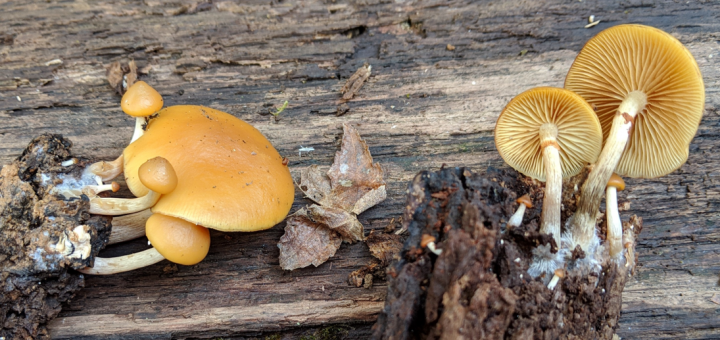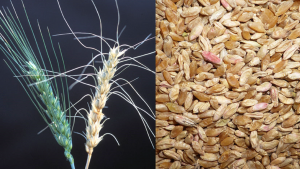#124: Galerina marginata, the Deadly Galerina
If you are collecting for the table, this is one little brown mushroom (LBM) that you should definitely know. Most LBMs go unnoticed because they are heard to spot and are usually too small to consider worth eating. The “Deadly Galerina” is therefore usually not dangerous on its own. The real danger from this mushroom comes when it is accidentally collected along with a group of edible mushrooms. Galerina marginata contains amatoxins, which are also found in such infamous species as the Destroying Angels (Amanita virosa complex, FFF#050) and Death Caps (Amanita phalloides, FFF#051). In England, G. marginata goes by the beautifully ominous name, “Funeral Bell.” Unfortunately for me, people in the United States prefer the much blander common name, “Deadly Galerina.”


![#124: Galerina marginata, the Deadly Galerina [Archived]](https://www.fungusfactfriday.com/wp-content/themes/hueman/assets/front/img/thumb-medium-empty.png)





![#011: Characteristics of Kingdom Fungi [Archived]](https://www.fungusfactfriday.com/wp-content/themes/hueman/assets/front/img/thumb-small-empty.png)

